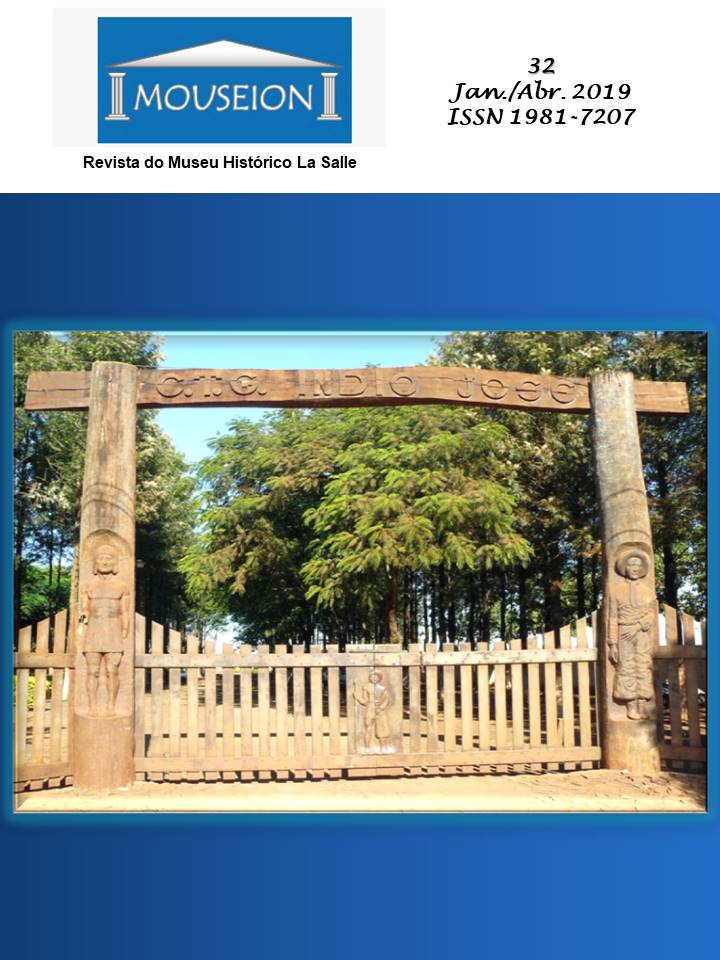Lotman visiting the “Alto Douro” Wine Region: analysing the oldeste winemaking region in the world using the semiotic-culture theory
DOI:
https://doi.org/10.18316/mouseion.v0i32.5536Keywords:
Semiotic-culture Theory, Iuri Lotman, Semiosphere, Alto Douro Vinhateiro, World HeritageAbstract
The Douro Demarcated Region (Portugal), the oldest, largest and most heterogeneous wine region in the world, was created in 1756. Since then, there has been a continuous process of evolution, with the positive effects of Portugal’s entry into the European Union and, above all, the latest classification of the Alto Douro Wine Region as a World Heritage Site by UNESCO. But how does the region live its daily life, how it is organized, what relations are established inside and outside it, how those relations take place, who has the control, which moments in the history of this region have caused changes, what influenced its development? The objective of this study is to analyze and interpret the Douro Demarcated Region, and thus to answer these questions, using Iuri Lotman’s semiotic-culture theory, in an innovative approach focusing especially on essential concepts such as semiosphere, frontier, center and periphery, explosions and translation. It was possible to identify the main features of Lotman’s thinking, namely at the level of borders, center and periphery, explosions and translation, in his structure, organization and experience. Some paths thar should be followed by the Region in the future are also pointed, inspired by the principles of the lotmanian semiosphere.
Downloads
Published
Issue
Section
License
Authors must submit their manuscripts to be published in this journal agree with the following terms:
Authors maintain the copy rights and concede to the journal the right of first publication, with the paper simultaneously licensed under the License Creative Commons attribution that permits the sharing of the paper with recognition of authorship and initial publication in this journal.
Since the articles are presented in this journal of public access, they are of free use, with their own attributions for educational and non-commercial purposes.


